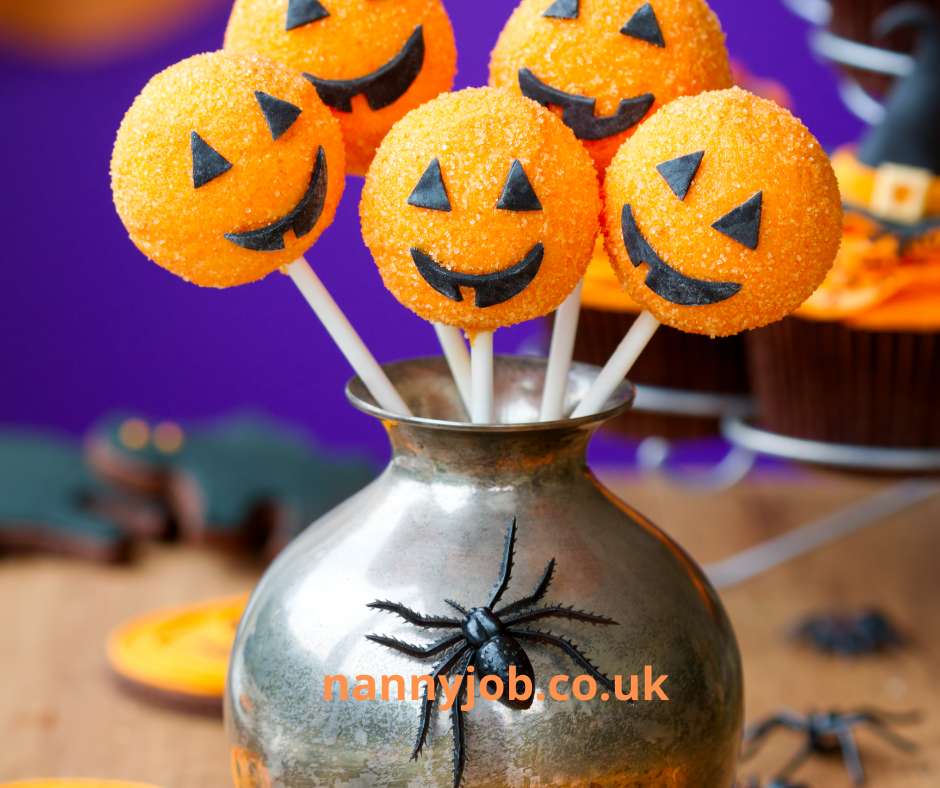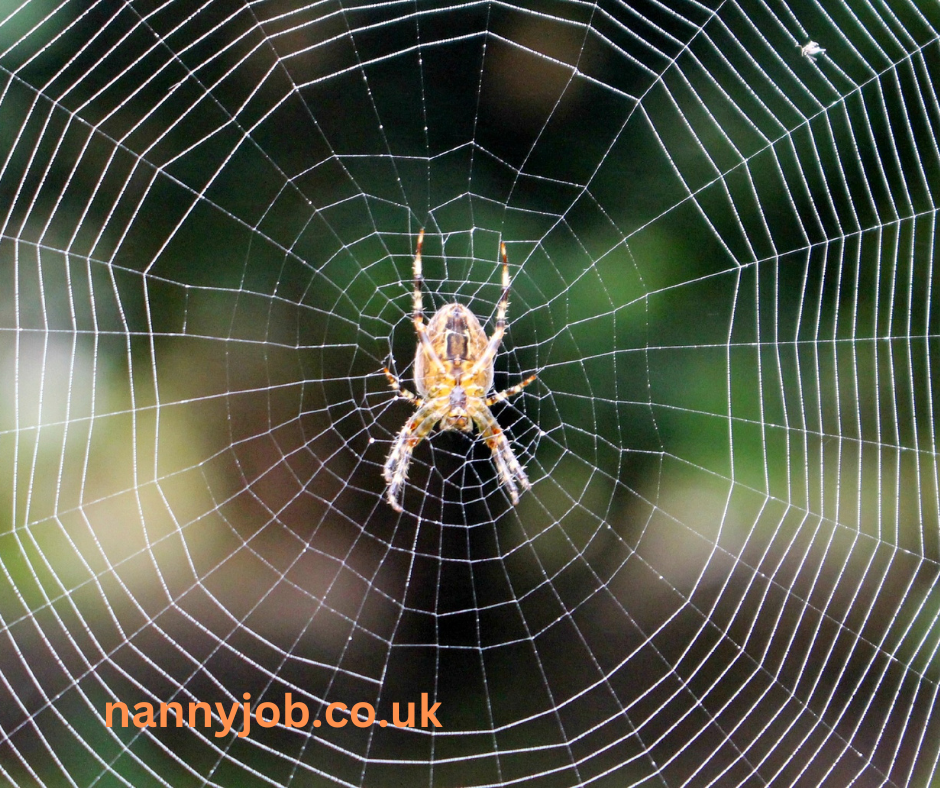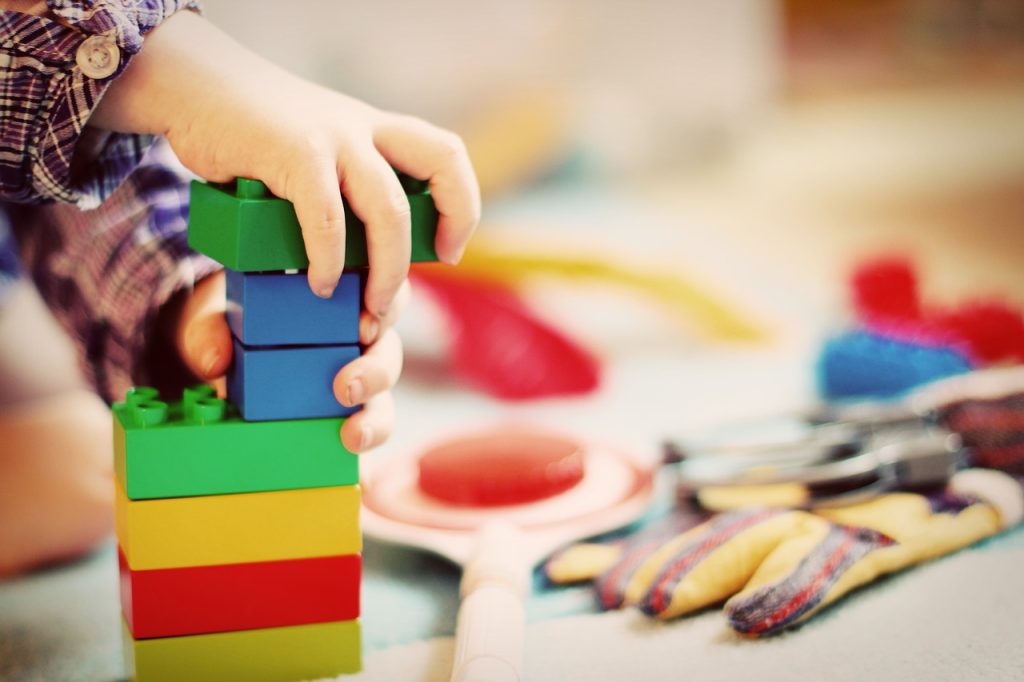Autumn is well and truly here in all it’s rainy finest! To many of us this may induce a collective ‘sigh’ as the nights draw in and we begin to dig out last year’s coats and SADS lamps (or maybe just us here at Nannyjob?!), but for others it means one thing – Halloween fun is just around the corner!
Scary outfits, parties, trick or treating, face painting, spooky decorations and pumpkins all spring to mind, so we’ve got some fantabulous ideas for you and your little ones to make this Halloween the most ghoulish yet!
Party fun
Staying at home and having a party is arguably safer than being out trick or treating, and is also a great chance to get little buddies round to play.
Decorate the house with streamers and props of skeletons and spiders, our favourites are from http://www.sillyjokes.co.uk/occasion/halloween/decor.html.
As well as rocking their very own home made outfits (more on that in a minute!), you can get the kids involved in some spooky games, including:
- Apple bobbing
- Wink murder
- Making mummies (remember to stock up on loo roll for this one! Prizes go to the quickest or best attempt!)
- Pin the tail on the witch’s cat
- Halloween treasure hunt in the house or garden
- Pass the pumpkin (fill an empty pumpkin with treats and play this in the same way as pass the parcel, each time the music stops the winner takes a goody out of the pumpkin, treats getting bigger towards the end!).
Face painting and costume making
Whether your little one wants to be a ghoulish ghost, a wicked witch, a scary skeleton or something entirely different, there are hours of fun to be had designing and making the costumes with them, and going to town with face painting. Here are some fabulous costume ideas from one of our favourite sites, Netmums:
Scary Spider
This an easy costume that’s really effective. Dress your child as a ‘scary spider’ using a black hoodie, black trousers, and black shoes. Make four more legs using two pairs of child’s tights and stuffing them with old stuffing from a pillow.
Grim Reaper
See if you can track down a cheap black hooded cloak from the supermarket to go over the body. Gather up the hair in a white swimming cap. Using face paints,cover your child’s face in white, rimming the eyes black. The final addition is a long stick (perhaps an old walking stick or a broom handle?) onto which you stick a cardboard ‘scythe’ – an easy take on the Grim Reaper!
Walking dead
A nice easy one, adaptable for both boys and girls! Simply get some old clothes and tear holes and rips in them. Cover exposed skin in fake blood. You could also buy some fabric bandaging to wrap around hands and heads (splatter with fake blood for extra effect)! Faces should be daubed in white face paint and powder, with a smattering of blood here and there!
Trick or Treating
Last but not least, classic Halloween fun usually involves traipsing the local neighbourhood and picking up some treats! In these strange times, this is probably something that many of us can’t do or don’t want to do but if you are planning on going out please do so safely and follow the guidance for your Tier. If you’re worried about safety, make sure you or another adult accompany the kids (standing a few feet away of course, so as not to cramp their spooky style!).
A word of advice when out trick or treating – make sure the children understand not to be too serious about the whole ‘trick’ part of this. There are a lot of people who really do get intimidated at Halloween and won’t answer their door, so encourage the children to understand this, and swiftly move on to the next house with no tricks in store!
Make sure you don’t forget to take a fun kitty bag to put all the treats in – decorate yours by sticking on home made pictures of bats, pumpkins and witches!
Have fun and stay spookily safe this Happy Halloween!
Why not share your plans for Halloween on our Nannyjob Facebook page….









